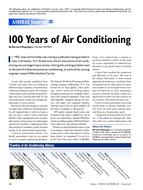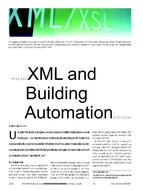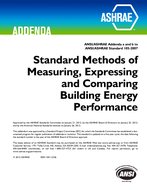Click here to purchase
Designing a safe and reliable HVAC system for extreme defensive conditions, such as shelters and refuges is an intricate job. The main reason which makes designing an HVAC system for such spaces difficult is that there are limited information and guidelines that provide detailed design guidance. Another reason that contributes to the complexity of the design is the different types of potential threats and variant measures specified by clients. Threats can arise from natural disasters such as earthquakes, floods, and hurricanes or manmade disasters. Manmade disasters can be caused from accidents or attacks these are difficult to predict due to their random nature. The mechanical designer shall select the design approach after analyzing the level of potential threat and the desired level of protection. The level of protection dictates the number of occupants, the duration of operation, the level of filtration and the blast magnitude the shelter will whistand. This paper presents a new HVAC design strategy applicable for these extreme protective spaces and to share recommended best practices for ventilation, filtration, and cooling/heating systems based on current technologies. The purpose of this paper is to assist in the planning and design of these spaces to create a safe environment in time of disasters and reduce the number of casualties.
Citation: 4th Intl Conf: Efficient Bldg Design
Product Details
- Published:
- 2020
- Number of Pages:
- 8
- Units of Measure:
- Dual
- File Size:
- 1 file , 1.8 MB
- Product Code(s):
- D-ICEB20-06


